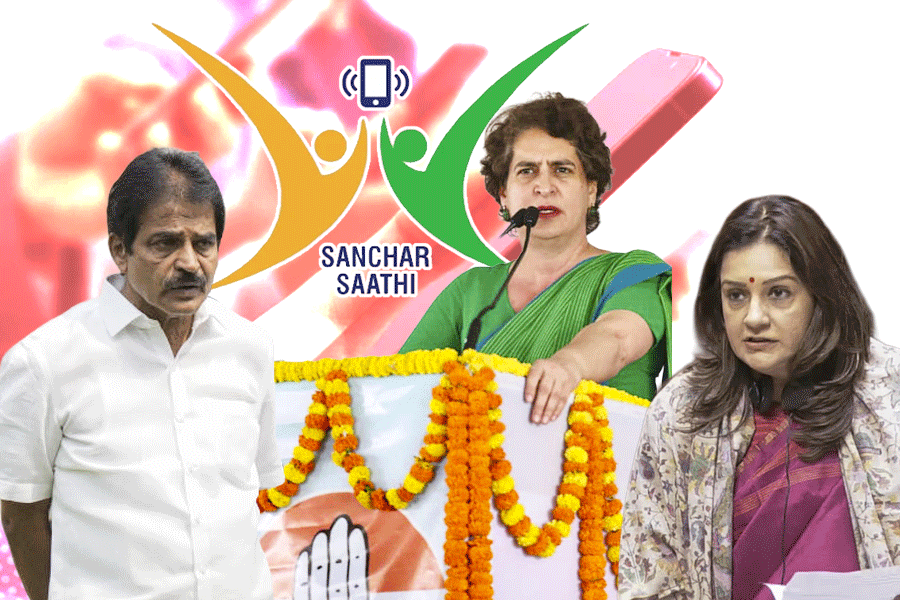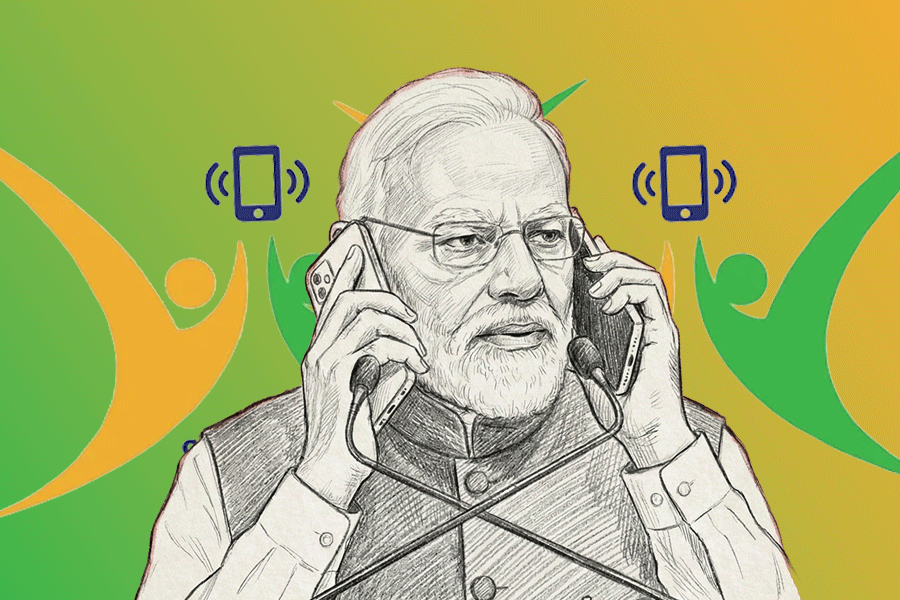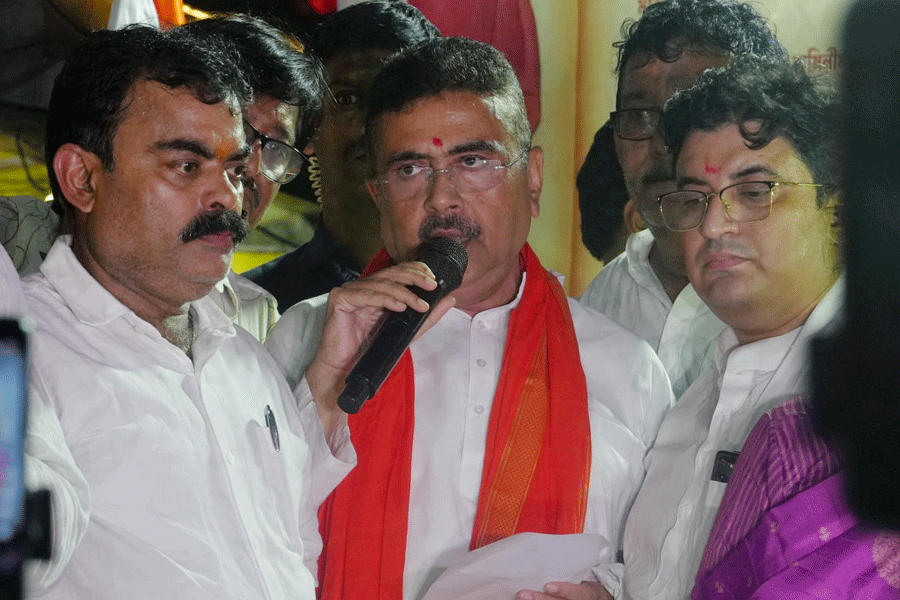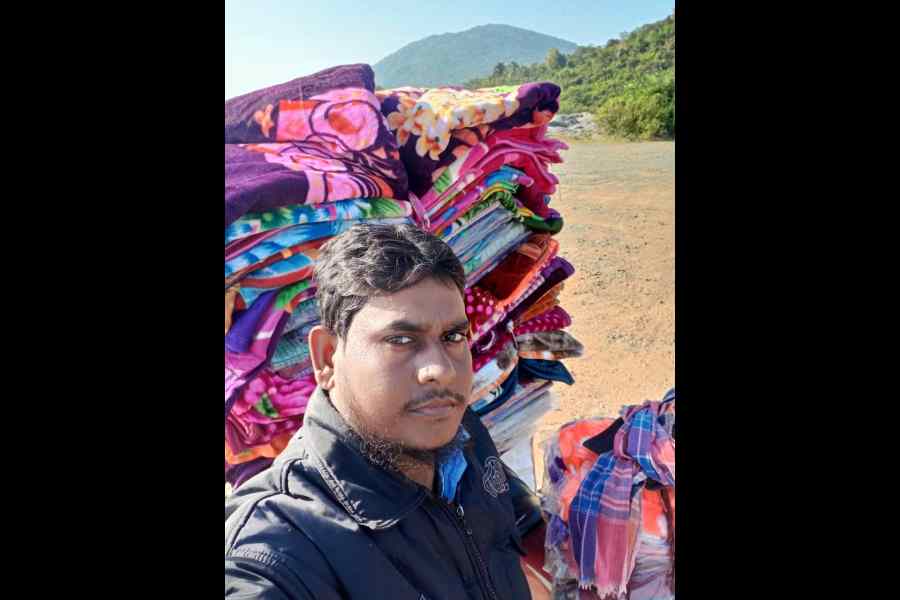The day I entered Presidency College as a student of the History department was a memorable one. My grandmother was excited that I had been admitted in an institution where so many luminaries had studied. On the other hand, several ‘well-wishers’ were concerned about my consistent streak of wrong choices: Humanities over Science, History over English, and Presidency over Jadavpur University. Obviously, it was then an India where the ‘moral and political degeneration of the Jadavpur students’ and the length of the skirts of the Jadavpur girls were not yet prime-time gossip.
I myself had doubts whether my ‘bad choices’ were indeed worth it. Moreover, coming from an all-boys’ school, it was the first time that I had no alternative but to face the other half of the human population I had always been scared of. There were other concerns too. Would my schooling in a district town put me in a disadvantageous position visà-vis the Calcutta-bred students? Would shifting from the Bengali medium to English be difficult? All these apprehensions vanished after the first day. In the three subsequent years, I never felt that I could have been anywhere else, doing anything else. I learned a lot of new things on that day, including that life in Presidency can be summarised by three Ps: porashona (academics), prem (romance) and politics.
“What happened in history?” When a teacher fired this question to start his first lecture, we were perplexed. The way we approached History in school taught us to accumulate dry facts, identify the possible questions for the upcoming exams, and memorise them like a blank cassette. How were we to answer what had happened in human history’s entirety? However, we soon understood that it was not a question but the name of V. Gordon Childe’s classic on the technological evolution of human civilisation. Gradually we would be introduced to various debates on food production and the Harappans, Aryan migration, and effects of the use of iron. The discipline of History would never be the same. We saw how history shapes every debate around us and gets reshaped by them. We realised how every aspect of our social being has a history and how every community has its own perception of the past. While Calcutta University had a set pattern of questions repeated every alternate year and there were guidebooks for securing good marks, our teachers would still toil to train the interested students in what Marc Bloch called “the historian’s craft”, the methodology of reconstructing history from the sources of the past, the rigour needed to discern between an acceptable method of history-writing and the several popular histories around us.
When Subhash Ranjan Chakraborty lectured on the French Revolution and Napoleon, we wondered how Derozio might have taught the same events not long after they took place. When Rajat Kanta Ray showed us a magnificent collection of Renaissance paintings, we could envision how Renaissance Art differed from its medieval predecessors. Kaushik Roy animatedly re-enacted the strategic and performative aspects of every battle. A question in the class triggered Uttara Chakraborty to explore various books in the library with us to finally discover that the nationalist historians of Maharashtra, not Peshawa Baji Rao I, had coined the term, ‘Hindu pad-padshahi’. Therefore, when our teachers in the universities taught us how all history was contemporary history, it was no surprise.
Everything about Presidency was, thus, also about history. Rajatbabu would take us around the college and narrate its history. After being mesmerised by stories of the legendary teachers whose portraits decorated the staff-room wall, he would point towards a portrait in the Central Library, declaring: “But our greatest teacher is there.” The portrait of Henry Louis Vivian Derozio would smile at us, still encouraging the students to learn, to question, to challenge the status quo, and to live and die for truth about two centuries after he was forced to resign. Thinking historically would gradually become not just an academic pursuit but a way of life that would never allow us to accept any given knowledge uncritically, a spirit of questioning and debating that would constitute what we proudly called ‘the Derozian community’.
The three Ps of Presidency were an organised whole. Neither the romance nor the politics was divorced from the academics. A budding politician would explain his streak of bad results as a crusade against English, a colonial language, or against ‘bourgeois education’, while another would tell his junior comrades — like Narayan Gangopadhyay’s comic hero, Tenida — how to draw perfect coconut trees on an answer-sheet.
However, politics in Presidency was not mere comedy. Sitting in the Union room or the canteen, the new students would often be introduced to Marx or Althusser, Lacan or Foucault, by their political predecessors. The politics in Presidency would not bring any world-shattering change. It was apparently petty and childish factional fighting between the two predominant unions. Yet, the meritorious but cocooned school-student entering the college would often leave it with a better understanding of gender sensitivity and social justice, an ability to question heteronormativity and power structure, a firmer grasp over the problems of patriarchy and communalism, and trained enough to accept differences and agree to disagree.
Romantic relationships in the Presidency College could be the subject of a full-fledged book. In fact, we had planned the outline of such a book containing four sections named after four major History books: ‘What Happened in History?’ (famous love stories of the History department), ‘History and Beyond’ (love stories involving departmental students and students of other departments), ‘Age of Extremes’ (the incidents of recent years) and ‘What If ?’ (counterfactual reconstruction of unrequited love affairs).
Love was in Presidency’s air, as was budding enthusiasm about theories. My fear of the feminine gender went away and, soon, a friend came up with a theory about the romantic attention I supposedly received modelled on the ‘Tripartite Struggle’ among the Gurjara-Pratiharas, Palas, and Rashtrakutas for occupying the coveted city of Kannauj in early medieval India.
Each of the students would have his/her own stories like that. The departmental excursions would contribute to them heavily, being not just academic tours but an emotional roller-coaster ride for both the successful and unsuccessful endeavours.
How did the ‘Tripartite Struggle’ end? History says that neither the three powers nor Kannauj remained important in the long run. Soon, there would be new powers to rewrite history and the centre of North Indian politics would shift to Delhi.
Presidency is a university now. The main building has been painted white, with carved names of random luminaries haunting the visitors. Ever-vigilant guards protect the campus like a fortress. There are encouraging news such as the creation of a much-needed archive, while there are concerning reports of bureaucratic high-handedness, moral policing, and the censoring of questions. At a time when the discipline of History is under a constant threat from an aggressive and populist political rhetoric that tries to undermine its methodological foundation, the liberal political space in the country is being endangered, attempts are being made to destroy people’s right to choose their partners freely, will the University be able to play the role its previous avatar played as an undergraduate college?
Every preceding generation is known to have woven a story of Presidency in decline in the next generation. Hence, I reserve my scepticism. May be, and I sincerely hope so, the portrait of Derozio still smiles at the students. May be, there is still a ‘Derozian community’.
Kanad Sinha is Assistant Professor, Department of Ancient Indian and World History, The Sanskrit College and Universit











